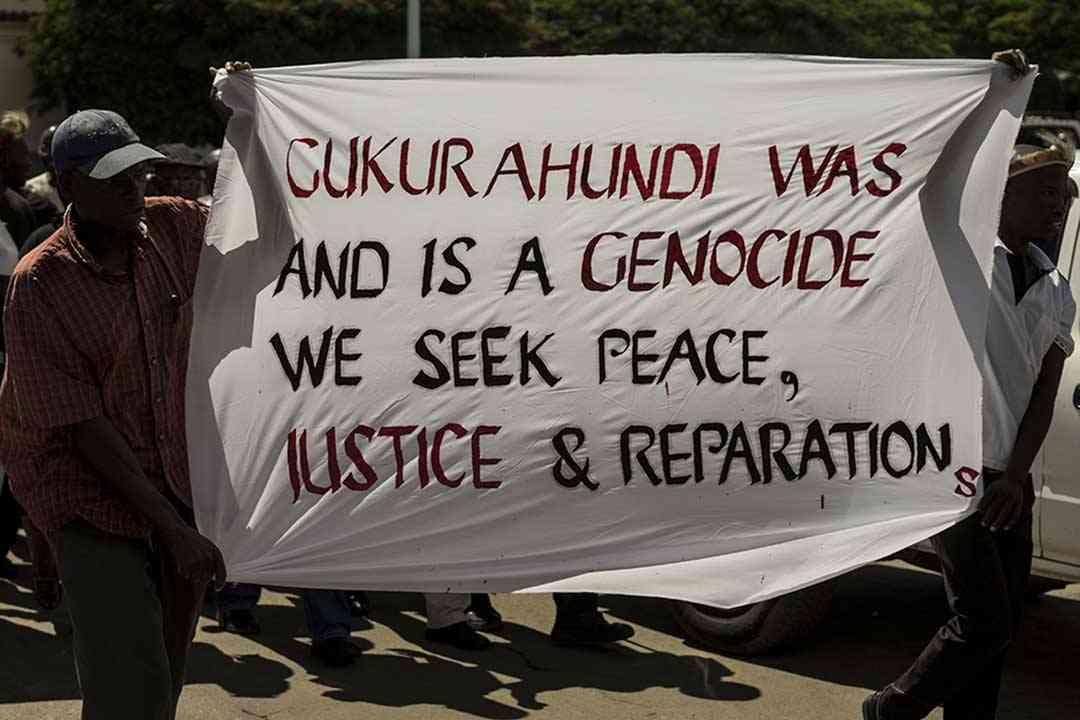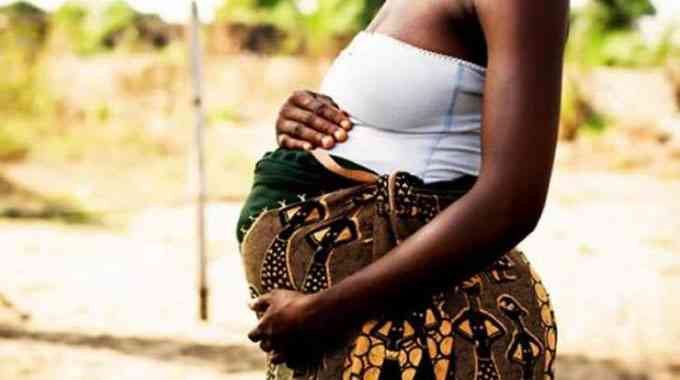
THE United Nations Population (UNFPA) together with the government of Zimbabwe and partners yesterday launched its flagship report, State of World Population Report, showing a significant decline in fertility rates globally, especially among young people.
According to UNFPA’s 2025 State of World Population (SWOP) report titled The Real Fertility Crisis: The Pursuit of Reproductive Agency in a Changing World, millions of people are unable to have the number of children they want, not because they are rejecting parenthood but economic and social barriers are stopping them.
The report reveals that one in five people globally expect not to have the number of children they desire due to barriers such as high cost of parenthood and health care, job insecurity and the lack of a suitable partner.
More than half of 10 000 survey respondents said economic issues were a factor in having fewer children than wanted.
“Vast numbers of people are unable to create the families they want,” said Natalia Kanem, the executive director for UNFPA.
“The issue is lack of choice, not desire, with major consequences for individuals and societies.
“That is the real fertility crisis, and the answer lies in responding to what people say they need: paid family leave, affordable fertility care, and supportive partners.”
These findings mirror the situation in Zimbabwe where couples, especially in urban areas are reducing the sizes of their families.
- UNFPA, govt launch State of World Population Report
Keep Reading
Total Fertility Rate (TFR) — the average number of children a woman would have by the end of her childbearing years if she bore children at the current age-specific fertility rates — dropped 4.3 children per woman in 1994 to 3.8 in 2005-06. Since then, it has remained largely stable, currently standing at 3.9 in the 2023-24 Zimbabwe Demographic and Health Survey.
On average, a woman in Zimbabwe will have about four children in her lifetime (TRF 3.9). When disaggregated by place of birth women in rural areas (about five children per woman — TFT 4,6 tend to have more children than those in urban areas (about three children per woman — TFR 3.1).
Women in urban areas begin childbearing two years later, on average, than rural women (21.1 versus 19.4 years).
In his keynote address and in line with the 2025 SWOP report’s call for greater reproductive autonomy, Health and Child Care minister Douglas Mombeshora said: “The government of Zimbabwe upholds reproductive rights, empowering individuals to choose the number, timing, and spacing of children they want to have, free from coercion.
“Fertility rates are a key driver of Zimbabwe’s continued population growth and contribute significantly to its youthful demographic structure. We will continue to support policies to ensure we prevent low birth rates.”
In Zimbabwe, fertility rates decrease as household wealth increases. Women in the lowest wealth quintile have significantly more children (5.5) compared to those in the highest quintile (2.6).
Women in the lowest wealth quintile have their first birth, on average, three years earlier (19.0 years) than women in the highest quintile (21.9 years).
Even if women, especially those in the workplace, desire to have more children childcare responsibilities often makes it difficult for them to pursue career advancement, maintain full-time employment or engage in professional development opportunities.
This in part explains why women in the highest wealth quintile have less children.
According to the report, gender inequality deepens the crisis.
Gender inequality, unpaid caregiving, and unequal domestic roles are silent drivers of underachieved fertility goals.
Women still do three to 10 times more unpaid domestic and childcare work than men.
At least 14% of survey respondents said they won’t have the number of children they want because they lack a partner or lack a suitable partner.
UK Development director and deputy head of mission, Jo Abbot said: “The UK is proud to stand with Zimbabwe and UNFPA in championing reproductive rights and choices.
“This report is a wake-up call: when people are unable to have the families they want due to economic or social barriers, it’s not just a personal loss — it’s a development challenge.










